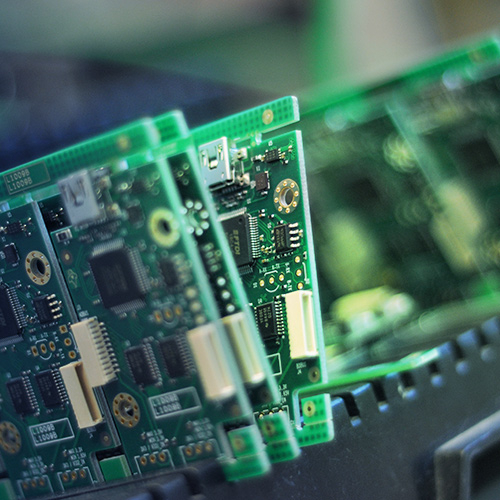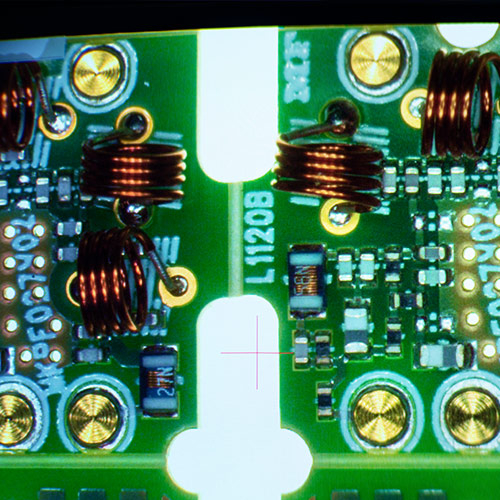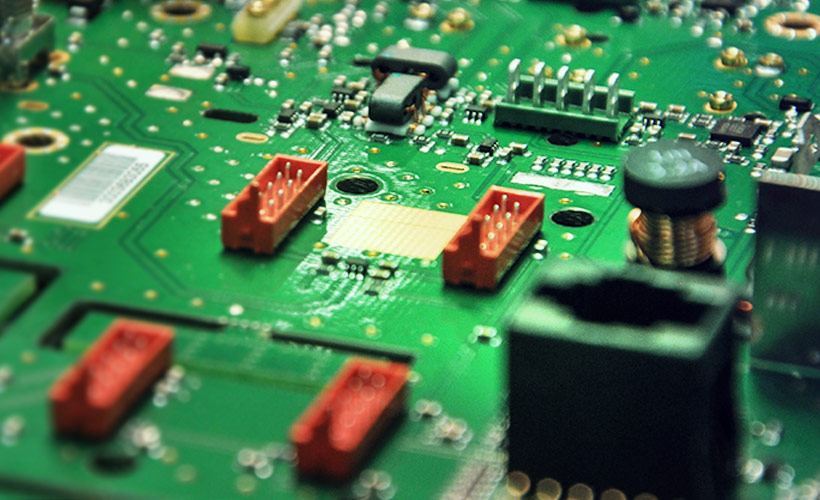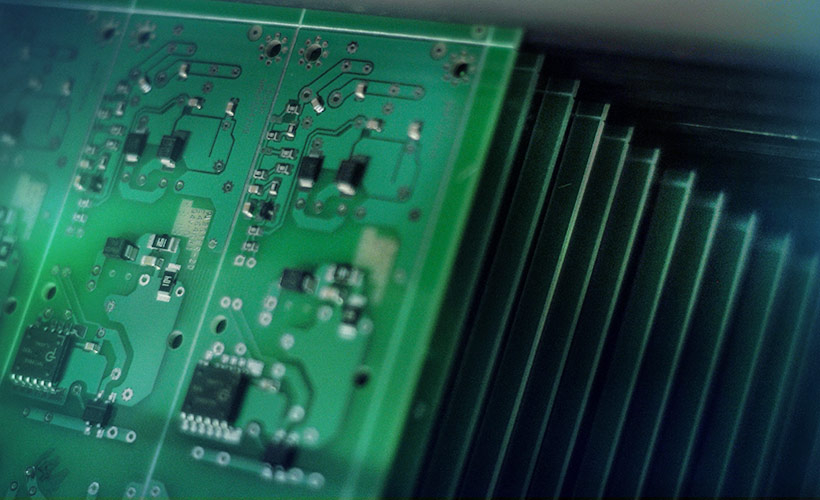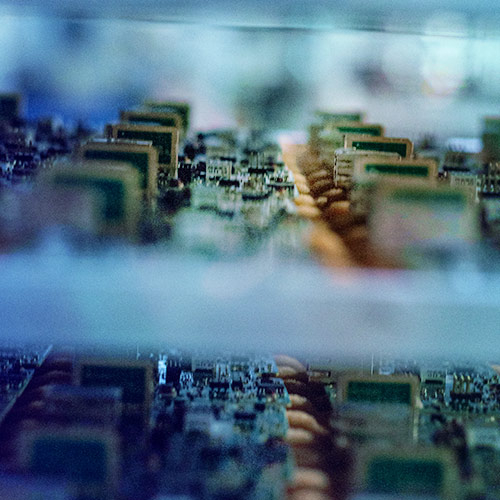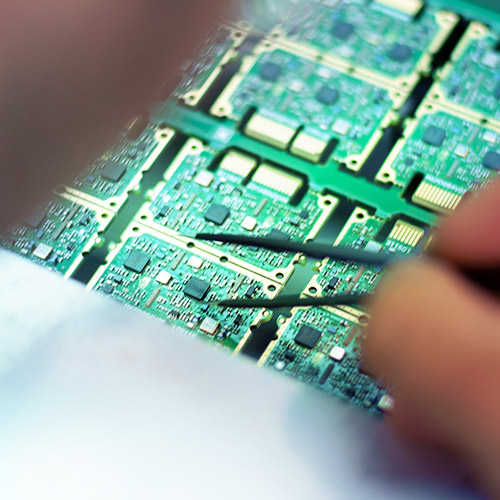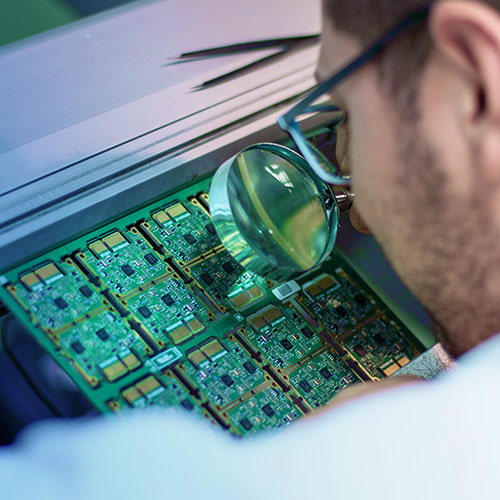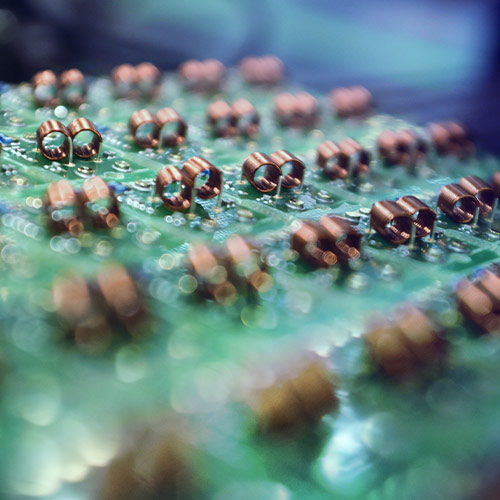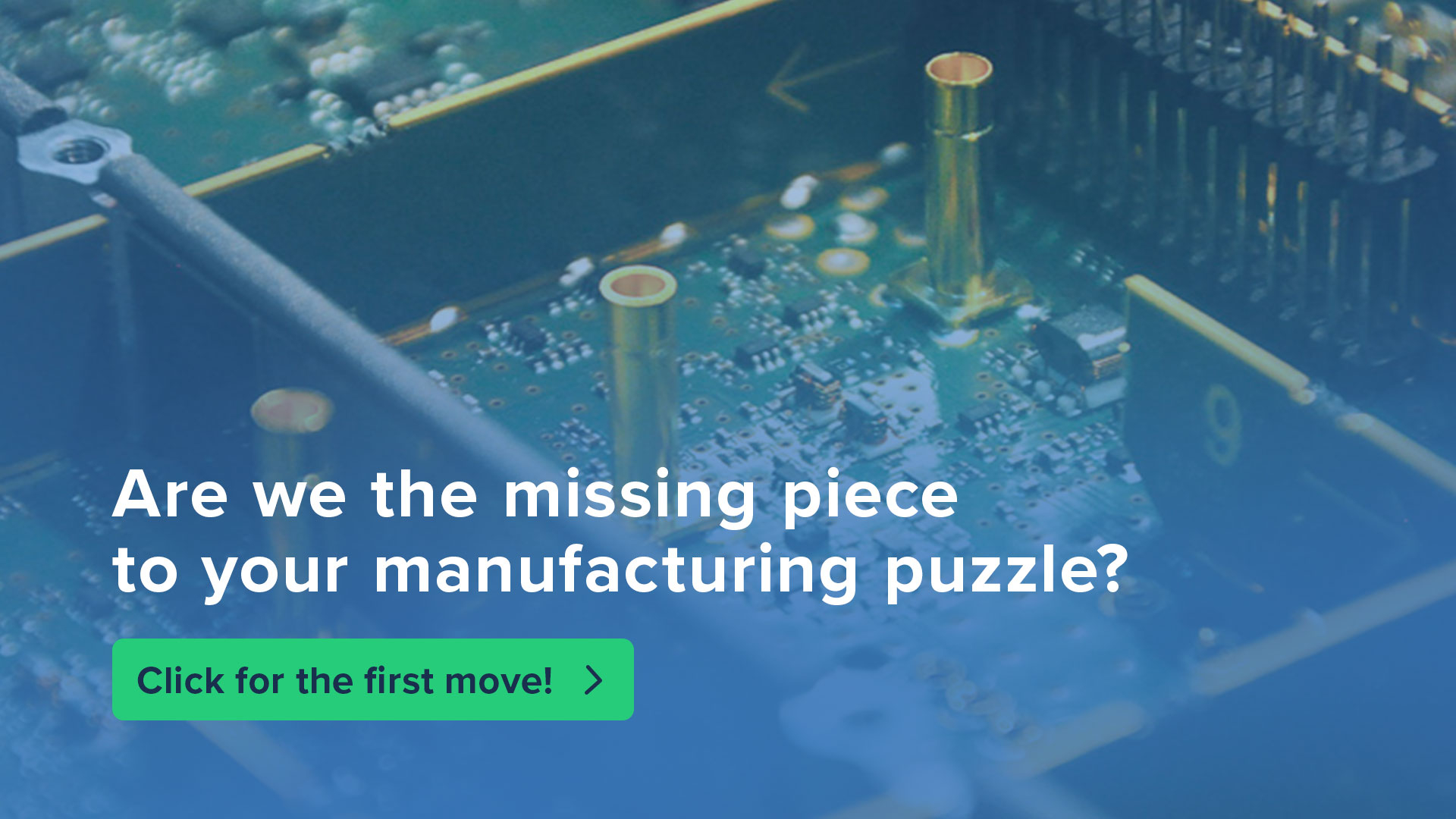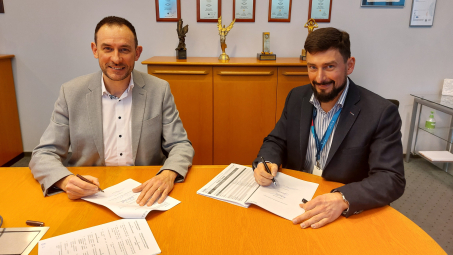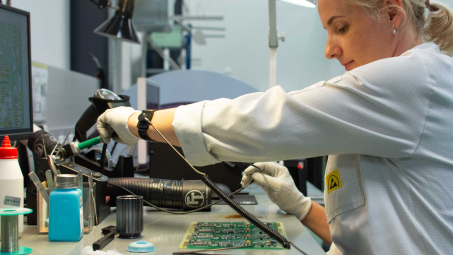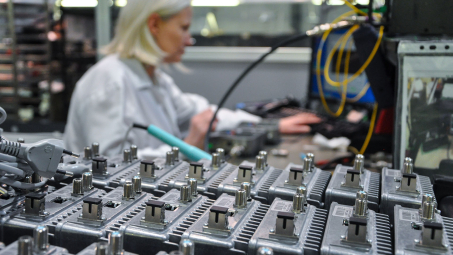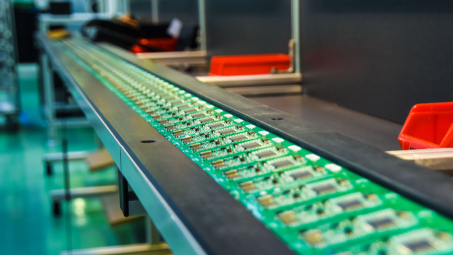A Beginner's Guide to Understanding Basic Circuit Board Components
It is no secret that printed circuit boards are the backbone of electronic devices. You will most find them in everyday electronics from smartphones and household appliances. They house essential electronic components and allow various parts of the device to communicate, which is required for these devices to properly function. Though they underpin much of our modern lifestyle, many people don't consider the technology that makes them function!
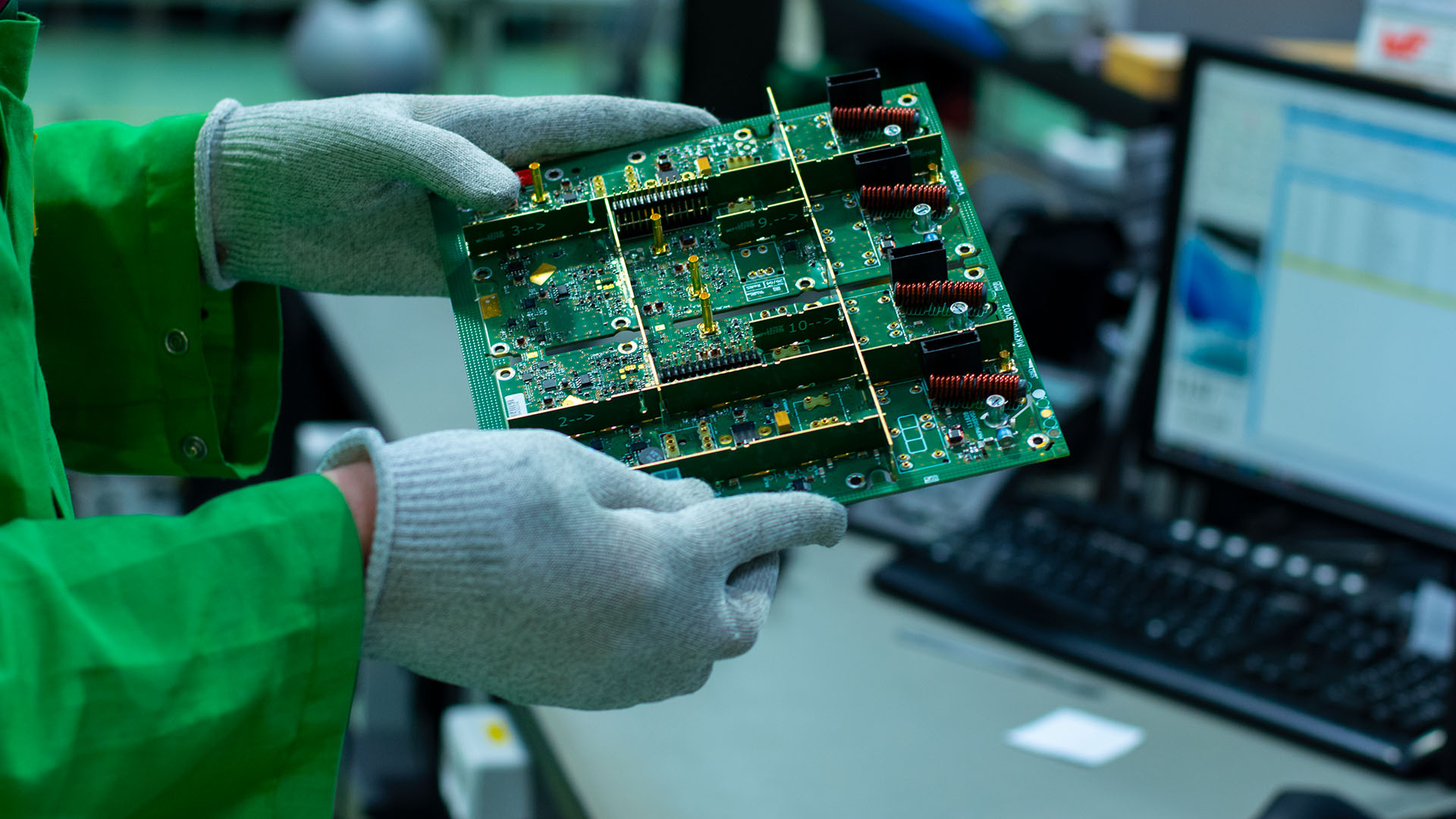
Familiarizing yourself with the printed circuit board and its components is essential to understanding how modern electronic devices work. Diodes, transistors, resistors, and capacitors: each one of these printed circuit board components has vital functions, without which not only PCBs but modern devices won't be able to function.
Throughout this beginner's guide, we will thoroughly discuss PCBs, their electronic components and their functions, and how all the components of the PCB come together to make modern electronics possible. We'll also give you detailed breakdowns of the active parts (such as the integrated circuits), their functions, characteristics, and their applications.
What Does the Term 'Printed Circut Board (PCB)' Mean?
A printed circuit board is an essential unit of an electronic device which serves as the base for connecting and powering components to create a single, fully functional electronic circuit that can power and control the device. Circuit boards come in single- and double-sided designs. The entire PCB is a compilation of copper traces through substrates. Without its electronic components mounted, a printed electric circuit is considered "a bare board".
The Circuit Board Components List
A. Mechanical Components
Depending on the type of metal chosen, mechanical circuit board parts, including those composed of aluminium, steel, copper, or bronze, are produced using a "mechanized" method during their manufacturing process. These parts differ from electrical parts in that they equip the printed circuit boards with extra support or auxiliary functions as opposed to providing electrical functions as their primary purpose. The choice and inclusion of appropriate mechanical components help the overall mechanical integrity and stability of printed circuit boards.
B. Electrical Components
Electrical components act as supplementary and mostly make it easier to solder or wire electrical connections between the components and the PCB. These parts are essential for supplying electric power inside electronic circuits. In addition, depending on how they send out electrical signals, they can be classified as passive, active, or "other" PCB assembly parts.
C. Passive Components
A significant group of components included in PCB components are passive components. Their primary function is to react or save energy; they do not enhance or regulate electrical signals.
The list of passive electronic circuit board parts is long; we'll go over the most important ones:
Capacitor
Capacitors are parts of the components found on a PCB, symbolized by the letter "C" or a capacitance number (44mF). They are rated in Farads and are commonly stated in Millifarads (mF) or Microfarads (F). They save energy in an electrical field. Capacitors are essential components needed to briefly store electrical energy and discharge the stored energy. Capacitors retain electrical charge by compiling opposite charges on two conductive layers which are separated by an insulator. Capacitors come in four major types which are ceramic, electrolytic, film, and paper capacitors. the type of capacitor used on the PCB is dependent on the conductor and dielectric material employed. Ceramic capacitors are used in high density on the PCB, film capacitors are used to protect the device from voltage surges, electrolytic capacitors are used when a high capacitance is needed and paper capacitors are used to block DC signals while permitting AC electrical energy.
Fuse
A fuse is an important component used in PCB manufacturing and assembly. it is used in the protection of current overload in the circuit. A fuse is symbolized by the letter "F." You can easily recognise a fuse because of its glass casing where the fuse wire can be seen and metal caps on both sides of its ends. Bear in mind that a fuse can have the aforementioned qualities if it is a through-hole component. However, when working with a surface mount fuse, its properties often involve a semi-clear tube that is axially led just above the fuse's surface.
Resistors
Resistors are used to add electrical resistance to a board. resistors have two passive terminals. The primary function of a resistor is to resist the passage of electric current through it as opposed to storing energy. Additionally, resistors can be used to stop or block the flow of electricity into each linked element. It is rated in ohms and uses a resistance value. The ideal resistance value depends on the complexity of the PCB, the number of electronic components mounted on it, and the amount of energy that passes through it.
- How do you identify a resistor?
First, determine whether the component has an oblong body or structure and whether it is stamped with green or blue bands of various hues. If it has the aforementioned qualities, it is a resistor because it shows the key components, including tolerance and value. Checking the marking on the component is the second method for identifying a resistor. It is denoted with the letter "R."
Its size is the most challenging factor when trying to find this component. Usually, a resistor is long, though certain resistors might be made much smaller, especially if they are produced using Surface Mount Technology (SMT). Not only are they tiny, but they often do not have any colour imprinted on their surface. If you manage to find the "R" letter imprinting, it should be trivial to identify the resistor.
Resistors are made from a variety of materials. Resistor types include fixed resistors, variable resistors, thermistors, and potentiometers. Potentiometers, often known as "pots," are a form of variable resistor that is used to control the flow of electricity in a circuit. Potentiometers, as opposed to fixed resistors, contain an adjustable knob or slider that allows users to modify the resistance within a set range. Because of their adaptability, they are useful for activities like volume control in audio equipment, dimming light-emitting diode, and other applications requiring variable resistance. The most frequently used resistor is the carbon film resistor and it is made axially.
Connectors
These are small electronic devices typically used to connect, attach, or incorporate various components. It can be used to couple the circuit board to a bigger component, and it may be used to join two circuit boards together. The fastest way to spot a connector on a PCB is to search for the letter "K." They can blend with jumpers, which is another way to identify them. Jumper cables have connector pins on each end of the cables.
Connectors come in many sizes and shapes. They may be enormous or slender. If they are tiny, it usually indicates that the connectors are made to attach to flat wires. However, if they are on the larger side, it suggests that the connectors are combined with other connectors.
Inductors
Like resistors and capacitors, inductors are members of the family of basic passive components. Inductors store energy in the form of magnetic fields as the current flow through them as opposed to capacitors that store energy through electrostatic energy. Unlike capacitors that temporarily store energy, inductors store energy till the electronic circuits are broken. Wire coils are the most common form of an inductor. Inductors are symbolized with the letter "L" and are rated in henry (H).
The magnetic field and resulting inductance increase proportionately to the number of windings. They could be ringed by a magnetic field with a variety of forms. As a result, the magnetic field and the energy that has been stored are boosted significantly. Inductors are frequently employed to filter out or prevent certain signals, such as interference in radio equipment. etc.
Potentiometer
The role of a potentiometer is to regulate the electronic signal of a circuit. The potentiometer controls the electric power of switches.
The two most common types are rotary potentiometers and linear potentiometers. Compared to linear ones, rotary potentiometers are the more common. The knob on a radio that controls volume is an example of a rotary potentiometer. The volume is controlled by the potentiometer, which is connected to the volume dial and regulates the current flow going to the amplifier. Linear potentiometers are also found in many devices, the most common of which is smartphones.
Active Components
Active components are the parts that aid in the efficient movement of electronic signals across the PCB. With passive circuit board parts explained, here's a deep dive into the active parts of a PCB:
Diodes
Marked by the letter "D," the primary role of a diode is to control the voltage, most often unidirectionally. In a printed circuit board, the diodes are semiconductor devices that function as one circuit for currents or voltages.
The electrical signal goes out either through the anode or cathode. This feature can be used to prevent damage from electricity flowing in the incorrect direction. The light-emitting diode, or LED, is the most common type of diode, though some diodes have other utilities and can function as an electromagnetic switch.
Diodes are essential components of modern electronics, allowing a variety of functions and applications ranging from power control to electrical signal processing and light emission. Their distinct properties make them essential components in electrical designs and circuits.
Integrated circuits
An integrated circuit is the part of the PCB that supplies it with an electronic signal. Transistors, capacitors, and resistors are housed in it. They perform several important functions due to this.
Integrated circuits are usually made out of silicone and can come in digital and analogue varieties. Both the earliest digital calculators and the current cutting-edge computers have their components fitted into a single, integrated circuit. This speaks to the utility and longevity of this design philosophy. When you design a circuit board for beginners to study and analyze, it usually has an integrated circuit since it makes understanding PCBs much easier.
Transistors
The transistors are significant PCB components used in modern electronics. A single IC chip may contain many billions of transistors sliced into a semiconductor material. However, transistors are only electronic switches and amplifiers. They come in a variety of varieties, with the bipolar transistor being the most popular. They can also be divided into NPN and PNP variations. The base, Collector, and Emitter are the three pins of a bipolar transistor.
Other Circuit Board Component
Silicon-controlled Rectifier
Silicone-controlled rectifiers are called thyristors, they are comparable to transistors and diodes; they are simply two combined transistors that work together to regulate large amounts of voltage and current. They have four silicon layers. The silicon layers act as switches rather than amplifiers. It is crucial to note that it is mostly appropriate for electronics projects.
Crystal Oscillator
Many circuits that call for accurate and reliable timing components use a crystal oscillator to measure time. They physically cause an oscillation in a piezoelectric material, thereby resulting in a consistent, and reliable periodic electronic signal. In comparison to other timing techniques, crystal oscillators are made to vibrate at a certain frequency making them more reliable, affordable, and smaller. They are frequently employed as accurate timers for microcontrollers or, more frequently, in quartz wristwatches. If your PCB needs to send a periodic electronic signal, chances are you need to include a crystal oscillator.
Sensors
Sensors are used to convert energy from physical causes which are sent to PCB components. A printed circuit board's sensors work by converting mechanical energy into electrical energy. They are known as converters because of their feature. It's important to emphasize that they come in a variety of shapes. Sensors are often used in automated lighting, motion sensors, and humidity sensors.
VECTOR BLUE HUB - Your Trusted Partner
If you're considering introducing a new electronic device into the market, we at VECTOR BLUE HUB are always ready to be your close partner in electronic contract manufacturing. We can take care of everything including the PCB layout and design to component packaging options. We can go above and beyond to manufacture a fully functional product ready for market! Contact us to get started!




